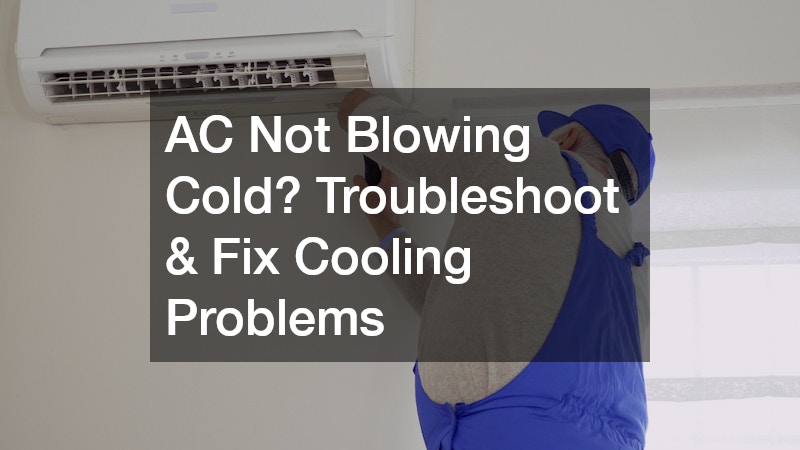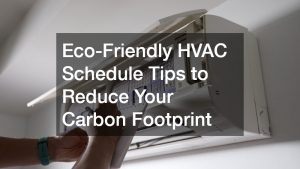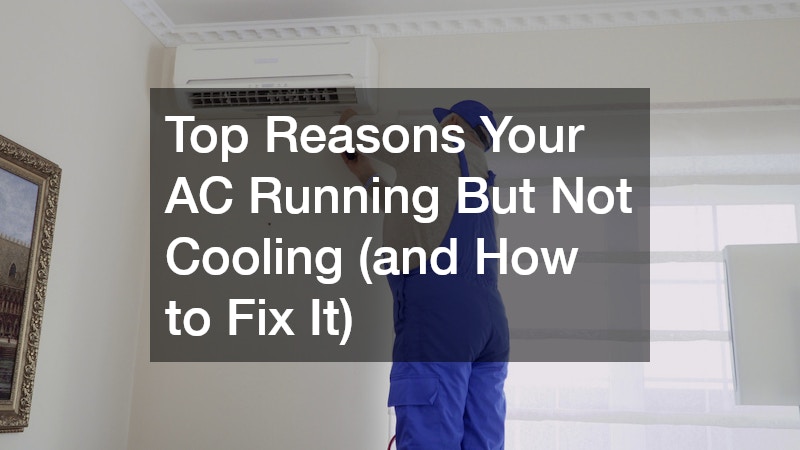Nothing is worse than expecting a blast of cool air from your AC and getting warm or weak airflow instead. When your air conditioner isn’t cooling properly, it can make your home uncomfortable and your energy bill soar. The good news? Most cooling problems have common causes that are easy to identify — and sometimes even fix yourself.
This guide breaks down why your AC might stop blowing cold air, what you can do to troubleshoot, and when it’s time to call in an HVAC professional.
1. Start with the Basics: Thermostat & Power
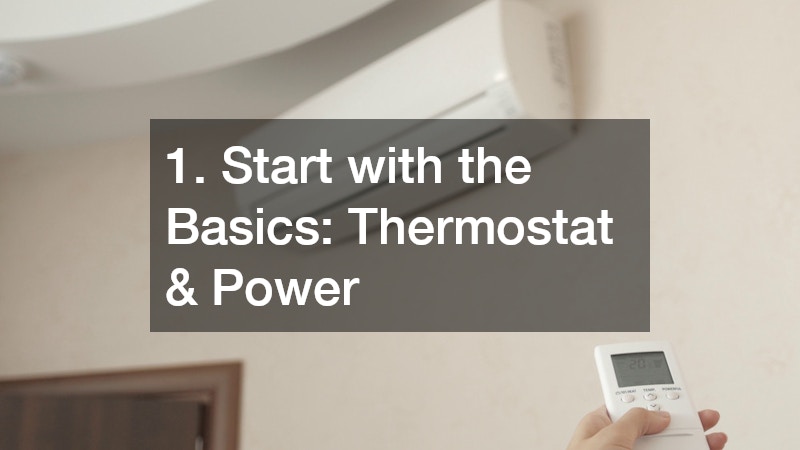
Before diving into complex repairs, start by checking the simple things.
- Thermostat settings: Make sure it’s set to “Cool” and the temperature is a few degrees below your room’s current temperature.
- Fan setting: Use “Auto” rather than “On” to allow the system to cycle correctly.
- Batteries: Dead thermostat batteries can stop communication between the thermostat and your AC.
- Power sources: Verify the AC switch near the indoor unit is on, and that no breakers have tripped.
Sometimes, the problem is nothing more than a wrong setting or dead battery — the easiest fix of all.
2. Replace Dirty or Clogged Air Filters
Your air filter keeps dust and debris from entering your HVAC system, but when it’s clogged, airflow slows dramatically. This is one of the most common reasons for an AC not blowing cold air.
What to Do:
- Replace disposable filters every 1–3 months.
- If you have pets or allergies, consider replacing them monthly.
- Choose the right filter type (MERV rating) so it traps particles without over-restricting airflow.
Pro Tip: A clean filter improves cooling, indoor air quality, and energy efficiency all at once.
3. Examine Your Outdoor Unit
Your outside condenser unit is where heat from inside your home is released. If it’s blocked, dirty, or damaged, your AC will struggle to keep up.
Maintenance Checklist:
- Remove leaves, grass clippings, and other debris around the unit.
- Clean the condenser coils with a gentle spray from a garden hose.
- Make sure there’s at least 2–3 feet of clearance around the unit for airflow.
- Look for signs of bent fins or unusual noises — both may require professional attention.
Neglecting the outdoor unit can put unnecessary strain on the compressor, which is one of the most expensive components to replace.
4. Inspect the Air Vents
Blocked or closed vents prevent cool air from circulating properly.
Check the Following:
- Open all supply vents, even in unused rooms, to keep air balanced.
- Move furniture, rugs, or curtains that could block airflow.
- Vacuum dust buildup from vent covers and registers.
Good airflow ensures your system runs efficiently and maintains even cooling throughout the home.
5. Look for Frozen Coils
If your AC has been running non-stop and airflow has slowed, the evaporator coil might be frozen. This is often caused by poor airflow or low refrigerant levels.
Signs of a Frozen Coil:
- Ice or frost on the refrigerant line near the indoor unit.
- Weak airflow from vents.
- Water pooling around the air handler after the ice melts.
What to Do:
- Turn off the AC and run the fan only to help thaw the coil.
- Replace the air filter if it’s dirty.
- Call a professional if freezing happens again — you may have a refrigerant leak or airflow issue.
6. Check for Refrigerant Problems
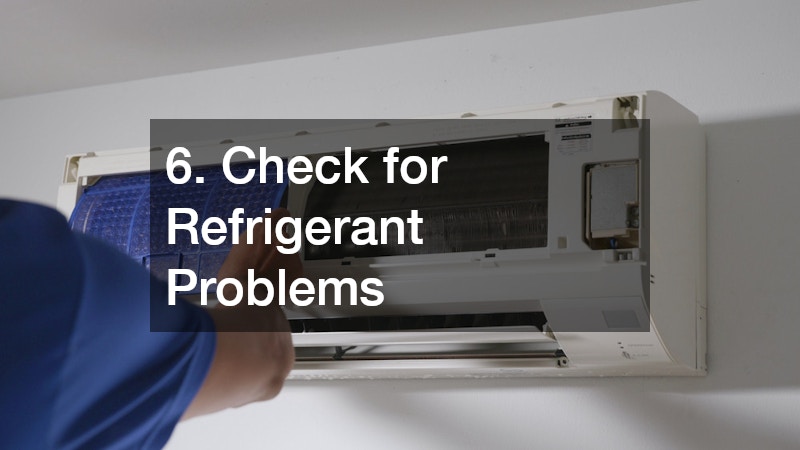
Low refrigerant is a common cause of warm air. Without enough refrigerant, your AC can’t absorb heat effectively.
Clues Your AC is Low on Refrigerant:
- System runs constantly but never cools the home.
- Hissing or bubbling sound near the refrigerant line.
- Ice buildup on coils.
Refrigerant isn’t a DIY job — you’ll need a licensed HVAC technician to locate the leak, repair it, and recharge the system.
7. Consider the Blower Fan
The blower fan pushes cooled air through your ducts and into your home. If it’s not working correctly, you may have weak airflow or no air at all.
What Might Go Wrong:
- Worn or broken fan motor
- Loose or broken belt (on older systems)
- Faulty capacitor or control board
If you suspect a fan problem, call a professional — continuing to run the system can damage other components.
8. Check Your Ductwork
Even if the AC is producing cold air, leaks in your ducts can prevent it from reaching your living spaces.
Signs of Leaky Ducts:
- Uneven temperatures between rooms
- Higher utility bills despite regular use
- Whistling or rattling sounds from ducts
Sealing ducts can improve cooling efficiency by 20% or more, making it a worthwhile investment.
9. Electrical & Breaker Issues
Sometimes, your AC’s fan or compressor won’t run due to an electrical issue.
What You Can Do:
- Reset tripped breakers once — if they trip again, there’s likely a wiring problem.
- Check disconnect switches near the outdoor unit.
- Listen for unusual clicking or buzzing, which may indicate failing relays.
Electrical problems should be handled by a professional for safety reasons.
10. When to Call an HVAC Technician
Some problems are beyond the scope of DIY fixes. If you’ve tried basic troubleshooting and your AC still isn’t cooling, bring in a pro.
Call a Technician If:
- Your AC frequently freezes up.
- You hear grinding, screeching, or banging noises.
- Your system is over 12–15 years old and increasingly inefficient.
- You smell burning or notice electrical issues.
A professional can diagnose complex issues and let you know if repair or replacement is the better option.
11. Preventing Future Problems
The best way to avoid AC trouble is regular maintenance.
Maintenance Tips:
- Schedule professional tune-ups every spring.
- Replace air filters regularly.
- Keep the outdoor unit clear of debris year-round.
- Check thermostat settings at the start of each season.
Prevention saves money and ensures your AC is ready when the temperatures rise.
Final Thoughts
An AC not blowing cold doesn’t always mean a major breakdown — it could be something as simple as a dirty filter, blocked vent, or thermostat issue. If you’ve tried basic troubleshooting and still have issues, it may feel like your ac is running but not cooling, which means professional inspection is likely needed.
Staying on top of maintenance and addressing problems early will keep your system running efficiently, keep your home comfortable, and save you from expensive emergency repairs.
